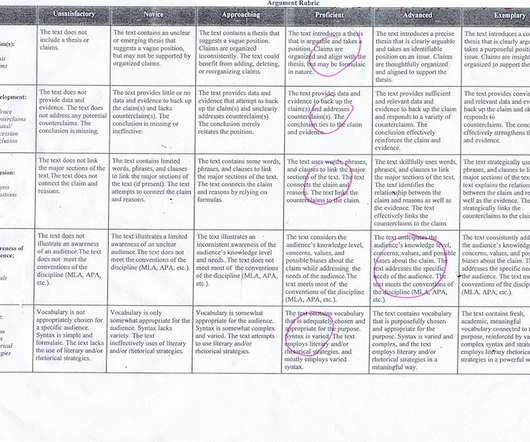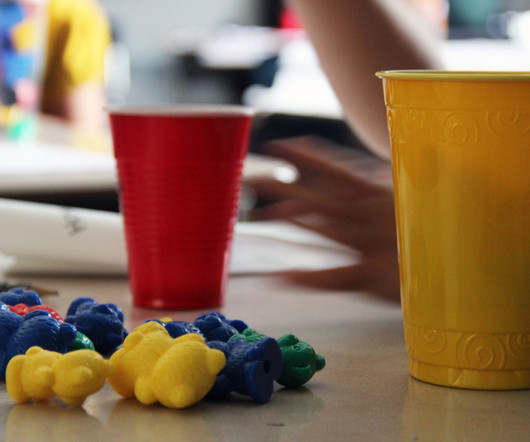How a growing number of states are hoping to improve kids’ brains: exercise
The Hechinger Report
FEBRUARY 21, 2018
Students can also choose from two additional exercise-focused electives — dance and personal fitness — which for some students can mean a 40-minute exercise period every day. Teacher Travis Olsen has an exercise bike in the back of his seventh-grade science classroom that kids are welcome to use whenever they feel the need.



































Let's personalize your content